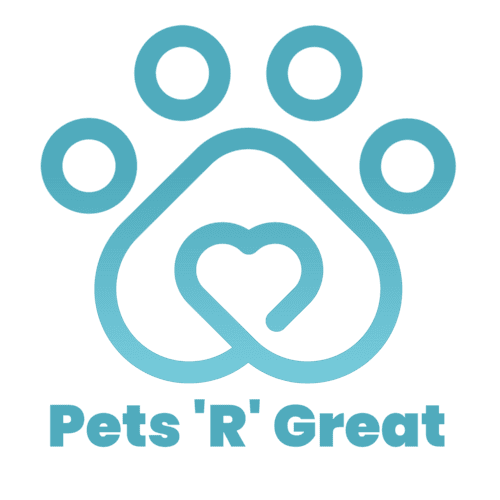Table of Contents
Hypoallergenic Pets: A Breath of Fresh Air for Allergy Sufferers
Choosing a pet is a major decision, especially for those of us who suffer from allergies. It can be quite disheartening to love animals but face sneezing, itching, or worse, every time you come into contact with them. Fortunately, there are hypoallergenic pets that produce less allergens, making them more suitable for individuals with sensitivities. These animals still offer companionship, love, and joy, but without the allergic reactions, that can be a deal breaker for many.
In this article, I will delve into a variety of hypoallergenic pets, highlighting their unique characteristics, care needs, and the equipment necessary to keep them healthy and happy. From furry friends like certain dog and cat breeds to feathered and scaly companions, there’s a hypoallergenic pet for every lifestyle. Whether you’re looking for a pet that loves to cuddle or one that is more independent, understanding their personalities will help you make an informed choice.
Understanding Hypoallergenic Pets
Hypoallergenic pets are not completely free of allergens, but they produce fewer than other animals, which makes them a more viable option for allergy sufferers. Allergens are often found in a pet’s dander, saliva, and urine. Understanding this is essential because it sets the groundwork for selecting a pet that won’t trigger your allergies significantly.
Dander and Allergies: Pet dander consists of tiny flakes and flecks of skin shed by animals with fur or feathers. Many people are allergic to proteins found in an animal’s dander, saliva, and urine. Hypoallergenic pets are those that shed less dander or produce less saliva or urine allergens, reducing the likelihood of allergic reactions.
Hair vs. Fur: Some people find that they are less allergic to animals with hair instead of fur. While there is no scientifically distinct difference between hair and fur, hair tends to grow longer and fall out less frequently, meaning there may be less dander in the environment.
Understanding these factors will help you make a good, knowledgeable decision when choosing a hypoallergenic pet. Let’s explore some of the top options in various categories.
Top Hypoallergenic Dog Breeds
For many people, dogs are the quintessential pets. Their loyalty, companionship, and playfulness make them ideal family members. However, dogs are also a common source of allergens. Thankfully, some breeds are known for being more hypoallergenic than others.

Poodle
Poodles are famous for their intelligence and elegant appearance. Available in three sizes: standard, miniature, and toy; they’re perfect for any living space. The key to their hypoallergenic nature lies in their dense, curly coat, which traps dander and hair and prevents it from spreading.
Care Requirements: Regular grooming is crucial to prevent matting and reduce allergens. Poodles need mental and physical stimulation to stay happy, which includes training sessions, walks, and playtime.
Personality: Poodles are highly trainable, eager to please, and often excel in dog sports. Their friendly and sociable nature makes them excellent companions for families and individuals alike.

Bichon Frise
The Bichon Frise is a small dog with a cheery disposition and a fluffy white coat. Their hair continuously grows, similar to human hair, which means less shedding and fewer allergens in your home.
Care Requirements: Regular grooming is vital to maintain their coat’s health and minimize allergens. These dogs are energetic and need daily exercise, but their small size makes them excellent for apartment living.
Personality: Bichon Frises are known for their playful and affectionate nature. They thrive on human interaction and are known to get along well with children and other pets.

Portuguese Water Dog
Originally bred to work on fishing boats, the Portuguese Water Dog is a robust and energetic breed with a hypoallergenic coat. Their waterproof, curly coat reduces shedding and dander.
Care Requirements: Regular grooming helps maintain their coat’s condition and reduce allergens. This breed requires loads of mental stimulation and exercise, making them ideal for active families.
Personality: Portuguese Water Dogs are intelligent, loyal, and adventurous. They form strong bonds with their families and enjoy participating in various activities, including swimming and hiking.
Hypoallergenic Cats
Cats often trigger allergies due to the protein Fel d 1. This protein is found in their saliva and skin secretions. However, some breeds produce less of this protein, making them more suitable for allergy sufferers.
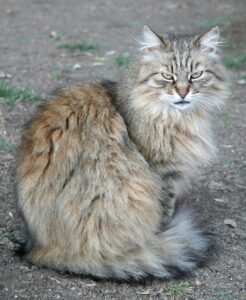
Siberian
Siberian cats are known for their long, luxurious coats and surprisingly hypoallergenic nature. They produce reduced levels of Fel d 1 protein, making them a favorite among cat lovers with allergies.
Care Requirements: Despite their long fur, Siberians require regular grooming to prevent tangles and reduce shedding. They’re active and playful, enjoying interactive toys and climbing structures.
Personality: Siberians are friendly, affectionate, and social. They adapt well to various environments and are known to be gentle with children and other pets.

Balinese
Often referred to as the “long-haired Siamese.” Balinese cats are known for their elegance and hypoallergenic qualities. They produce less amounts of Fel d 1 protein and have a silky, low-shedding coat.
Care Requirements: Regular grooming helps maintain their coat and minimize allergens. Balinese cats are vocal and enjoy interactive play and social interaction.
Personality: Balinese are intelligent, curious, and affectionate. They form strong bonds with their human companions and often follow them around the house.

Bengal
are admired for their striking, leopard-like appearance and hypoallergenic traits. Their short and sleek coat requires minimal grooming, and they produce less dander.
Care Requirements: Bengals need regular play and mental stimulation to prevent boredom. They enjoy climbing, exploring, and interactive toys.
Personality: Bengals are energetic, playful, and highly intelligent. They are known for their curiosity and enjoy engaging with their environment and human companions.
Small Hypoallergenic Mammals
Small mammals can be great pets for those with limited space or time. While they still produce some allergens, certain species are less likely to trigger allergies.
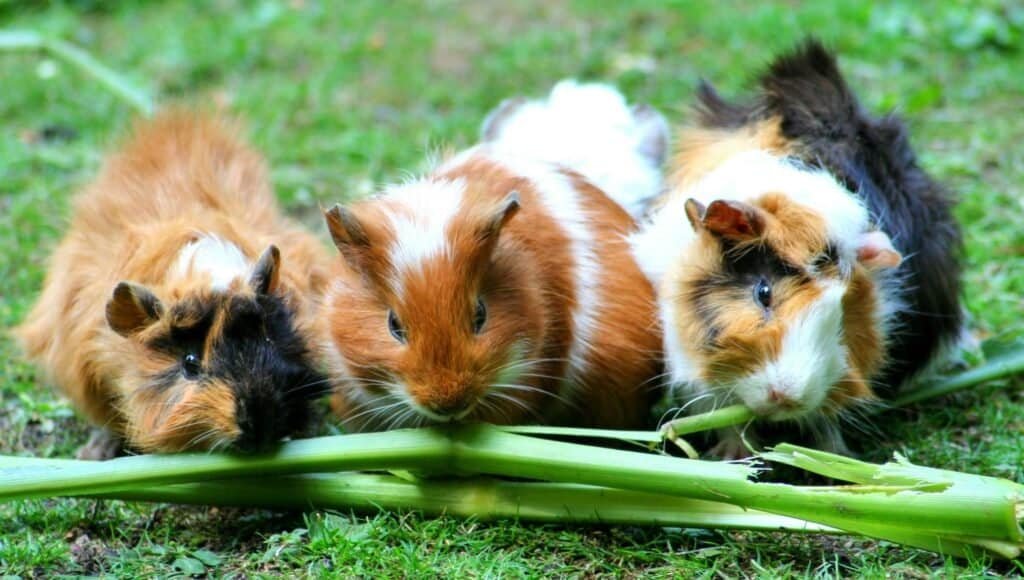
Guinea Pig
Guinea pigs are social animals with gentle temperaments. They have different coat types, and some breeds, such as the hairless guinea pig or those with long, silky hair, may produce fewer allergens.
Care Requirements: Guinea pigs require a spacious cage, a proper diet, and regular social interaction. Grooming depends on the coat type, with longer-haired breeds needing more attention.
Personality: Guinea pigs are friendly, social, and often enjoy being held. They thrive in pairs or groups, as they are highly social animals.
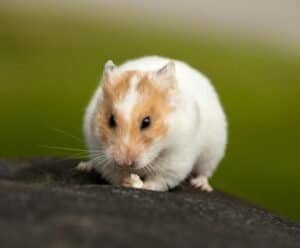
Hamster
Hamsters are small, nocturnal rodents that make great pets for those seeking low-maintenance companions. Their small size means they produce fewer allergens compared to larger mammals.
Care Requirements: Hamsters need a cage with ample space to explore, along with a balanced diet and exercise opportunities like a hamster wheel. Regular cleaning of their cage helps minimize allergens.
Personality: Hamsters are independent and generally enjoy solitary living. They can be handled gently and are known for their playful antics.
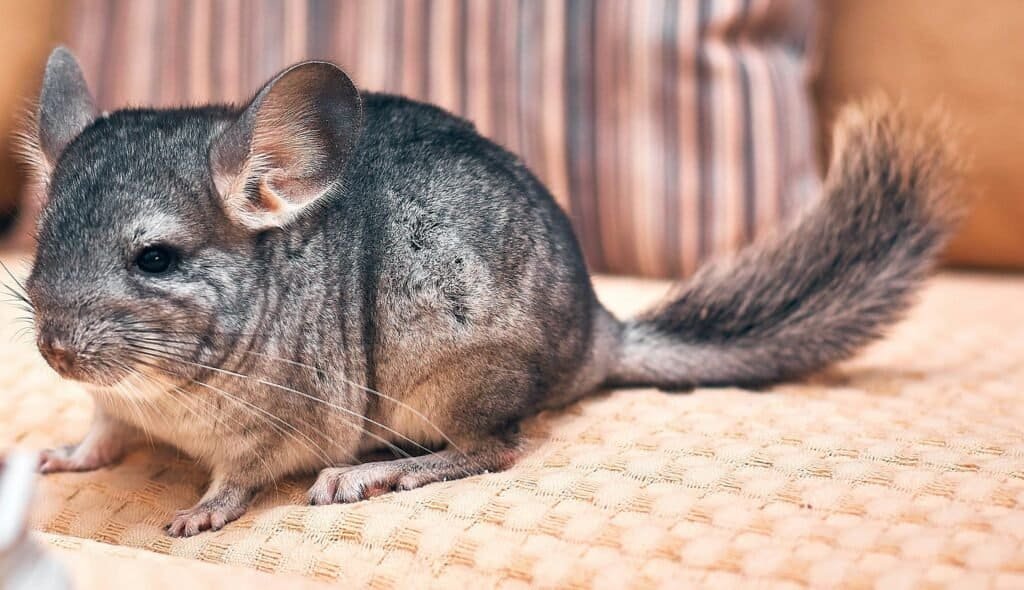
Chinchilla
Chinchillas are unique pets known for their soft, dense fur. They produce less dander than other small mammals, making them a hypoallergenic choice.
Care Requirements: Chinchillas need a dust bath to maintain their coat and regular cage cleaning to minimize allergens. They require a spacious cage with opportunities for climbing and exploration.
Personality: Chinchillas are active, curious, and enjoy social interaction. They are best suited for older children and adults who can handle them gently.
Hypoallergenic Birds
Birds can be excellent companions for those with allergies, as they typically produce fewer allergens than furry pets. Some species are particularly known for being hypoallergenic.
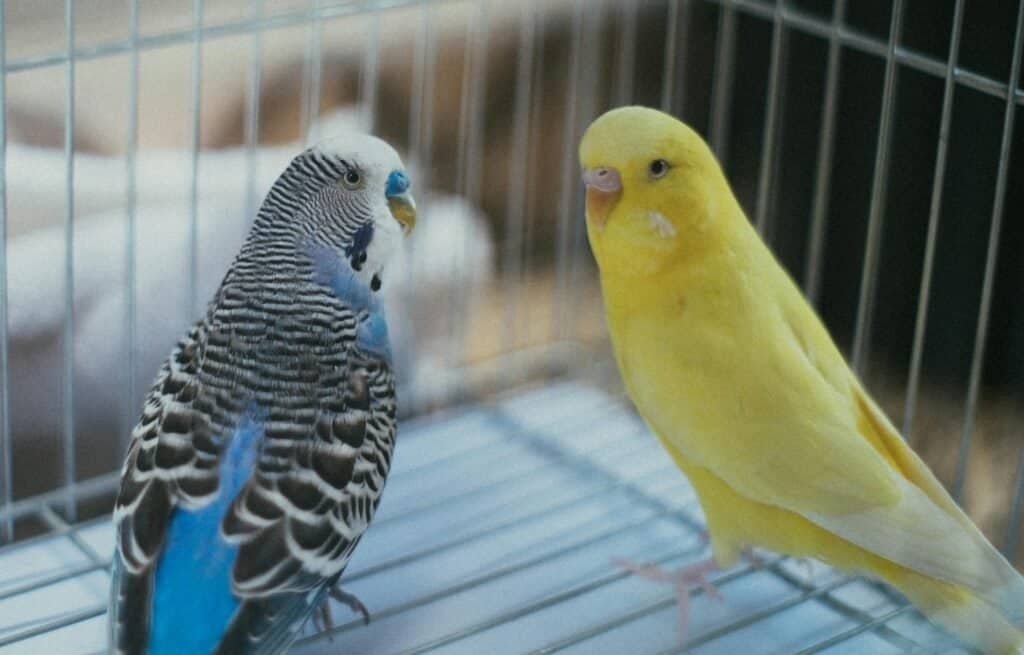
Parakeet
Parakeets, also known as budgies, are small, colorful birds that make wonderful companions. They produce minimal dander, making them suitable for allergy sufferers.
Care Requirements: Parakeets need a spacious cage, a balanced diet, and regular social interaction. Cleaning their cage regularly helps reduce allergens.
Personality: Parakeets are social and playful and enjoy interacting with their human companions. They can be trained to perform various feats and mimic sounds.
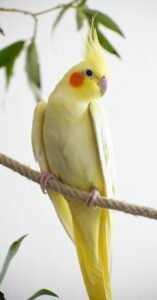
Cockatiel
Cockatiels are medium-sized parrots known for their friendly nature and minimal dander production. Their manageable size makes them ideal for bird lovers with allergies.
Care Requirements: Cockatiels require a roomy cage, a varied diet, and regular interaction with their owners. They enjoy activities and toys that stimulate their minds.
Personality: Cockatiels are affectionate, sociable, and enjoy being part of the family. They can learn to whistle tunes and mimic sounds.
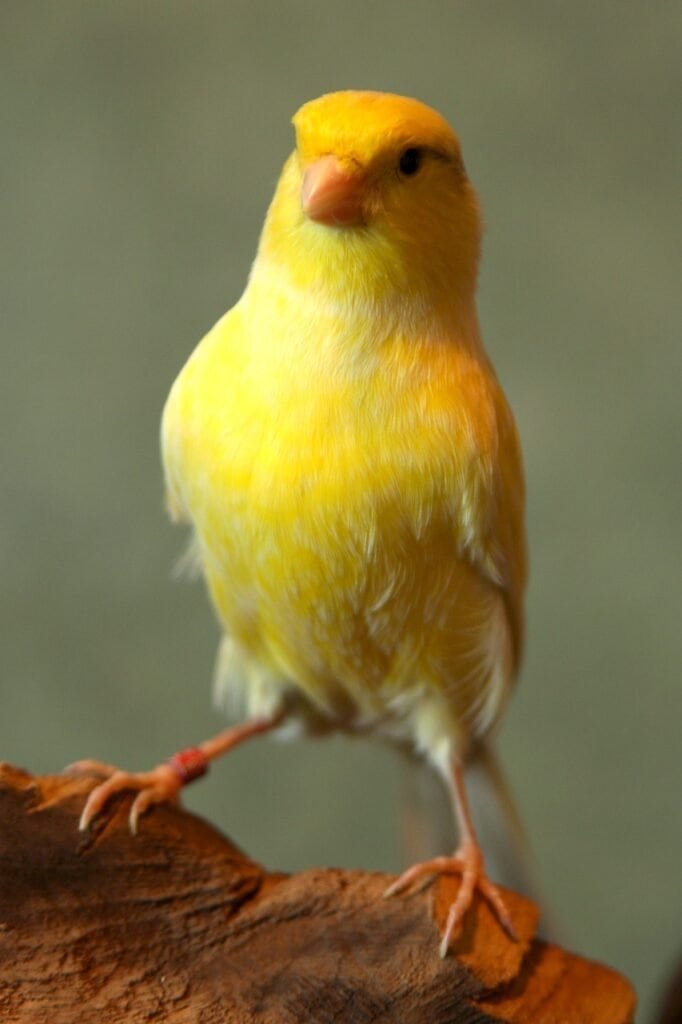
Canary
Canaries are small, vibrant birds known for their beautiful singing. They produce less dander compared to larger birds, making them a hypoallergenic choice.
Care Requirements: Canaries need a clean cage, a balanced diet, and plenty of space to fly and exercise. Regular cleaning helps maintain their health and reduce allergens.
Personality: Canaries are independent and thrive in their own space. They enjoy singing and are known for their cheerful disposition.
Hypoallergenic Reptiles
Reptiles are an excellent choice for allergy sufferers, as they lack fur and produce no dander. They offer a unique pet-owning experience and require specific care.
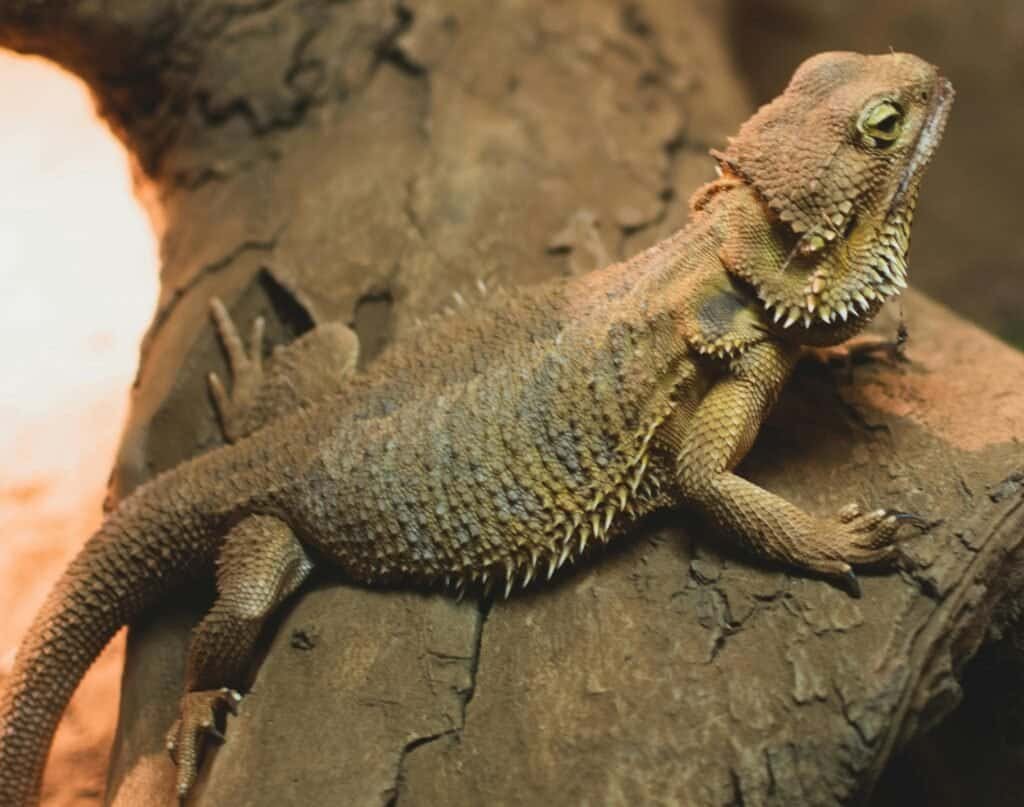
Bearded Dragon
Bearded dragons are friendly reptiles known for their calm demeanor and ease of care. They produce no dander, making them ideal for allergy sufferers.
Care Requirements: Bearded dragons need a spacious terrarium with proper lighting and temperature control. Their diet consists of vegetables, fruits, and insects.
Personality: Bearded dragons are docile, and friendly and often enjoy interacting with their owners. They can be handled regularly and are great for beginners.
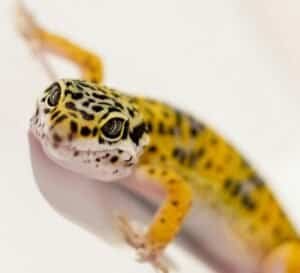
Leopard Gecko
Leopard geckos are small, hardy lizards known for their unique appearance and low-maintenance care. They produce no allergens, making them a suitable choice for allergy sufferers.
Care Requirements: Leopard geckos require a terrarium with appropriate substrate, hiding spots, and a balanced diet of insects. Regular cleaning of their habitat is essential.
Personality: Leopard geckos are calm, gentle, and easy to handle. They are nocturnal and enjoy exploring their environment.
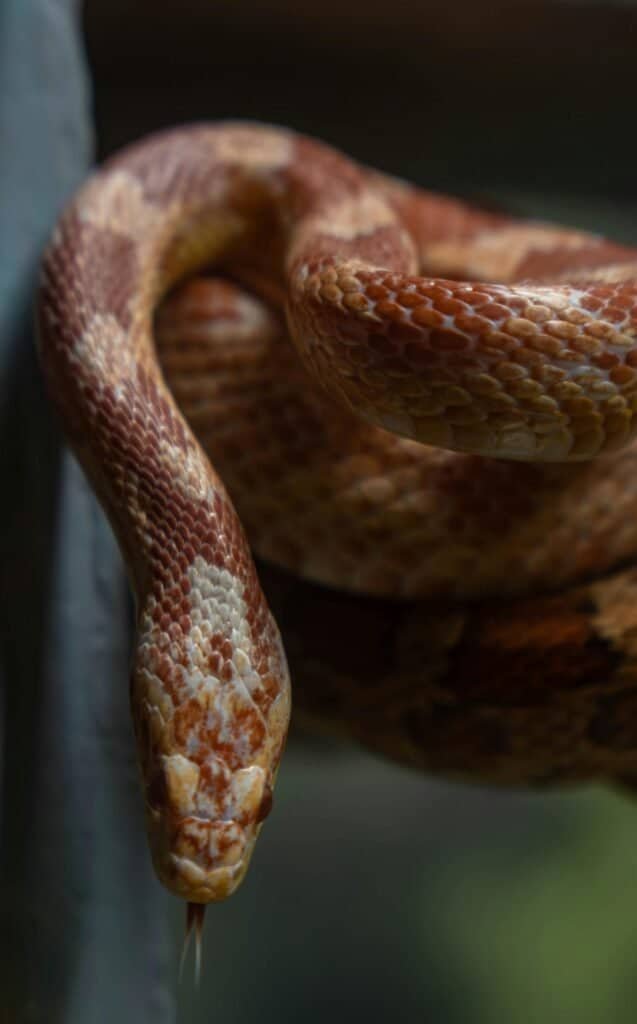
Corn Snake
Corn snakes are popular pet snakes known for their striking colors and docile nature. They produce no allergens, making them an excellent choice for those with allergies.
Care Requirements: Corn snakes need a secure enclosure with proper heating and humidity. Their diet consists of appropriately sized rodents.
Personality: Corn snakes are docile, easy to handle, and adapt well to captivity. They are great for novice snake owners.
Aquatic Hypoallergenic Pets
Aquatic pets are a wonderful option for those who want a low-allergen companion. Fish and other aquatic animals produce no dander, making them ideal for allergy sufferers.
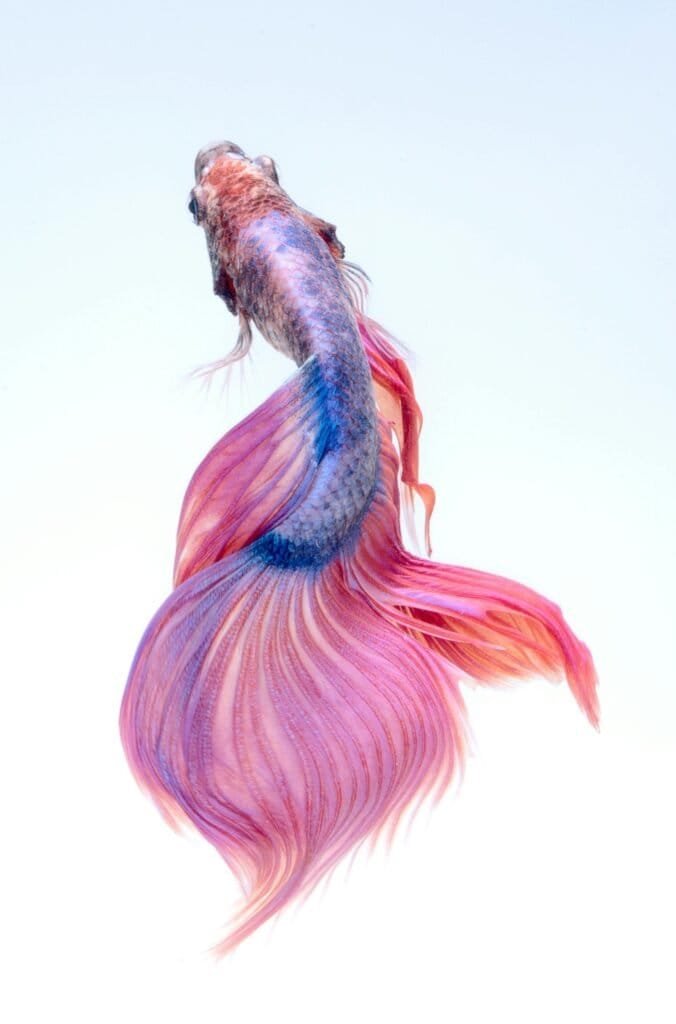
Betta Fish
Betta fish are vibrant, colorful fish known for their striking fins and ease of care. They require minimal equipment and are suitable for small living spaces.
Care Requirements: Betta fish need a tank with clean, warm water and a balanced diet. Regular tank maintenance is essential to ensure their health.
Personality: Betta fish are independent and thrive alone. They are known for their beauty and graceful swimming.
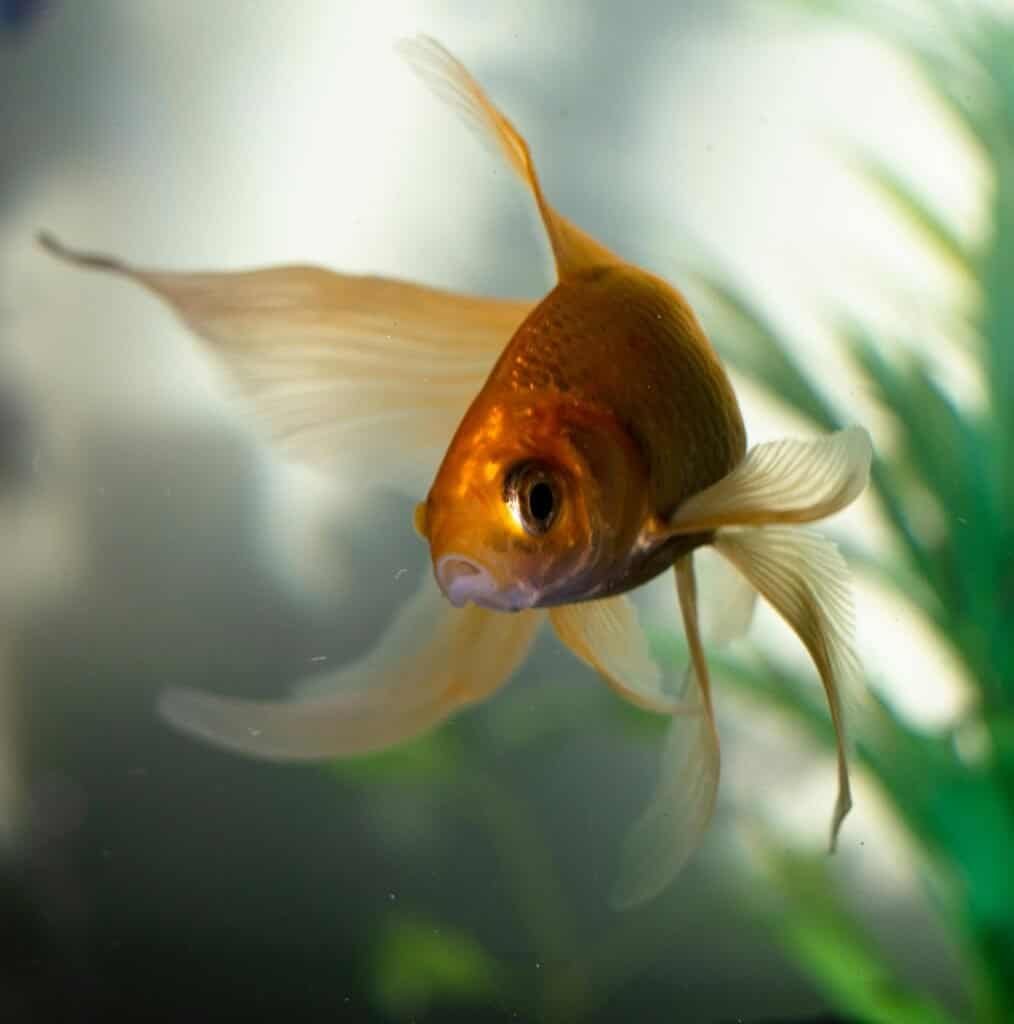
Goldfish
Goldfish are classic pets known for their bright colors and simple care requirements. They produce no allergens and are ideal for allergy sufferers.
Care Requirements: Goldfish need a spacious tank with proper filtration and a balanced diet. Regular water changes are vital for their health.
Personality: Goldfish are peaceful and social, and they enjoy living with other goldfish. They are easy to care for and are suitable for beginners.
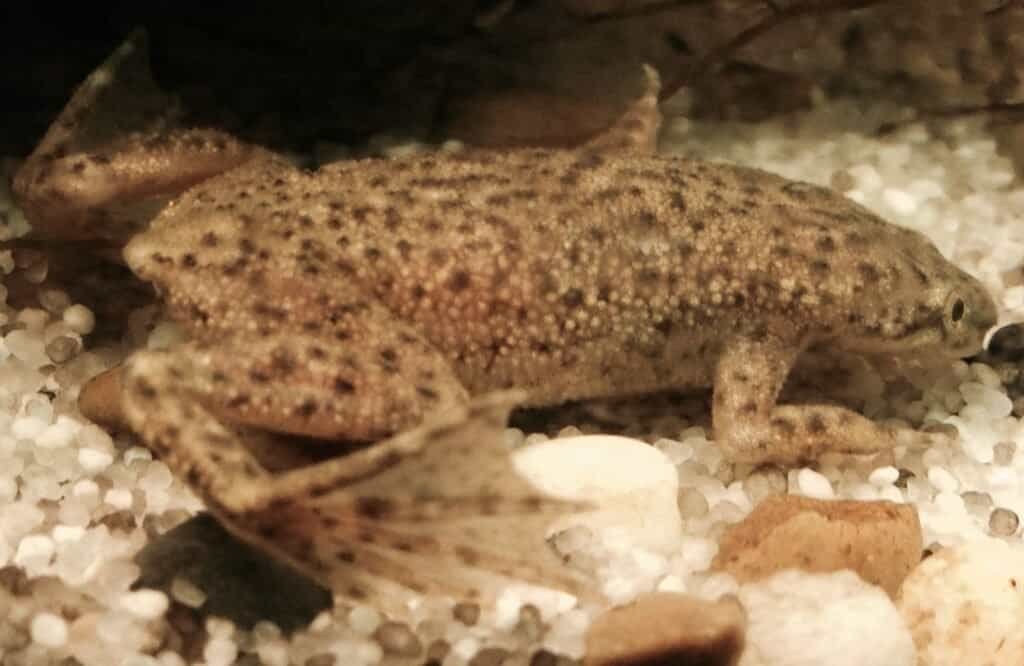
African Dwarf Frog
African dwarf frogs are small, aquatic frogs known for their playful nature and minimal care needs. They produce no allergens, making them ideal for allergy sufferers.
Care Requirements: African dwarf frogs need a tank with clean, warm water and a balanced diet. Regular tank maintenance is essential to ensure their health.
Personality: African dwarf frogs are social, active, and enjoy exploring their environment. They are fun to watch and interact with.
Required Equipment for Hypoallergenic Pets
Choosing the right equipment is essential to ensure the health and well-being of your hypoallergenic pet. Here’s a comprehensive list of the basic requirements for each type of pet:
Dogs and Cats
Grooming Tools: Brushes, combs, and shampoos suitable for your pet’s coat type.
Bedding: Hypoallergenic bedding materials that can be easily washed.
Feeding Supplies: Food and water bowls, as well as high-quality pet food.
Toys: Interactive and stimulating toys to keep your pet engaged.
Training Supplies: Leashes, collars, and training aids for dogs.
Small Mammals
Cage: A spacious and secure cage suitable for your pet’s size and species.
Bedding: Safe, dust-free bedding materials.
Feeding Supplies: Food dishes and a constant supply of fresh water.
Toys and Accessories: Chew toys, wheels, and hiding spots for mental stimulation.
Birds
Cage: A roomy cage with perches, toys, and food dishes.
Dietary Supplies: High-quality birdseed, pellets, and fresh fruits and vegetables.
Cleaning Supplies: Tools for regular cage maintenance to reduce allergens.
Reptiles
Terrarium: A secure enclosure with appropriate substrate, heating, and lighting.
Feeding Supplies: Live food or prepared diets specific to your reptile’s needs.
Hiding Spots and Accessories: Branches, rocks, and hiding spots to create a natural habitat.
Aquatic Pets
Aquarium: A tank with a suitable filtration system and lighting.
Water Treatment Supplies: Water conditioners and testing kits to maintain water quality.
Feeding Supplies: Specialized food for your aquatic pet.
Decorations: Plants, rocks, and hiding spots to enhance the aquarium environment.
Investing in the right equipment ensures your pet’s health, happiness, and comfort while minimizing allergens in your home.
Choosing the Right Hypoallergenic Pet for You
Selecting the right hypoallergenic pet involves considering your lifestyle, living space, and personal preferences. Here are some factors to consider when making your decision:
Allergy Sensitivity: Assess the severity of your allergies and choose a pet that produces the least amount of allergens.
Living Space: Consider the size of your home and the amount of space available for your pet. Larger animals and those requiring cages or tanks need more room.
Time Commitment: Evaluate and determine how much time you can realistically dedicate to caring for your pet. Some animals require more attention, grooming, and exercise than others.
Budget: Factor in the costs associated with pet ownership, including food, equipment, grooming, and veterinary care.
Lifestyle: Consider your activity level and lifestyle preferences. Some pets require more physical activity and mental stimulation than others.
By taking these factors into account, you can choose a hypoallergenic pet that fits seamlessly into your life and provides the companionship you desire.
Finding and Adopting Your Pet
Once you’ve decided on the right hypoallergenic pet for you, it’s time to find and adopt your new companion. Here are some steps to help you on this journey:
Research: Gather information about your chosen pet, including its care requirements, personality traits, and potential health concerns.
Visit Animal Shelters and Rescues: Many hypoallergenic pets are available for adoption at shelters and rescues. Adopting a pet not only gives them a second chance but also allows you to find a companion that matches your needs.
Contact Reputable Breeders: If you’re looking for a specific breed, reach out to reputable breeders who prioritize the health and well-being of their animals.
Prepare Your Home: Before bringing your new pet home, ensure that your living space is ready and equipped with everything your pet needs.
Transition and Training: Introduce your pet to its new environment gradually and provide proper training and socialization to ensure a smooth transition.
Finding and adopting a hypoallergenic pet can be a rewarding experience, providing you with a loving companion without the stress of allergies.
Choosing the Best Hypoallergenic Pet for Your Lifestyle
Finding the perfect hypoallergenic pet is about more than just avoiding allergens; it’s about finding a companion that will meld with your lifestyle and bring joy to your life. Whether it’s a loyal dog, a playful cat, or an enchanting bird, there’s a hypoallergenic pet out there for everyone. By considering your needs and preferences, you can welcome a pet into your home that will offer love and companionship for years to come.
FAQ Section
Are hypoallergenic pets completely free of allergens?
No, hypoallergenic pets are not completely free of allergens. They produce fewer allergens than other animals, making them more suitable for allergy sufferers.
Can I develop immunity to my pet’s allergens over time?
Some people may develop a tolerance to their pet’s allergens over time, but this is not guaranteed. It’s important to manage allergies with proper cleaning and care.
How can I reduce allergens in my home?
Regular cleaning, grooming, and maintaining your pet’s living space can help reduce allergens in your home. Using air purifiers and keeping pets out of certain areas can also be beneficial.
Are there hypoallergenic pet foods?
Some pet foods are formulated to be hypoallergenic, reducing the likelihood of triggering allergies in sensitive individuals. Consult your veterinarian for recommendations.
Is it possible to be allergic to reptiles or fish?
While reptiles and fish do not produce dander, some individuals may be allergic to their food or habitat materials. Proper handling and cleaning can minimize allergic reactions.
Disclaimer: This blog post contains affiliate links
